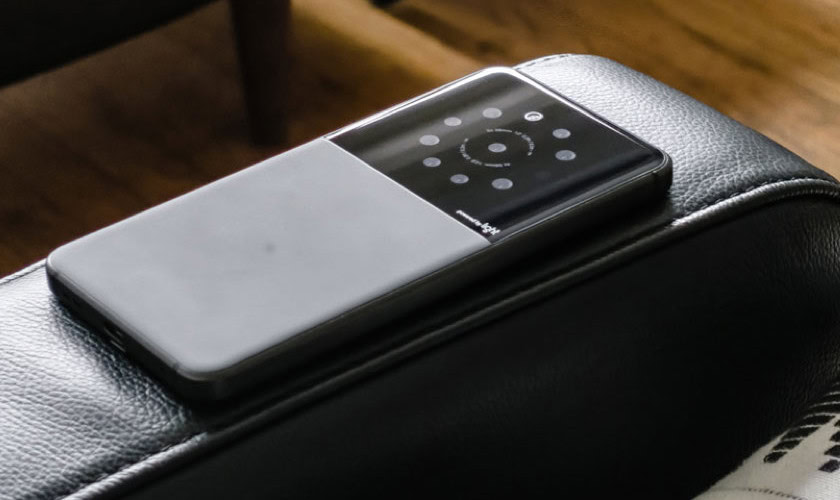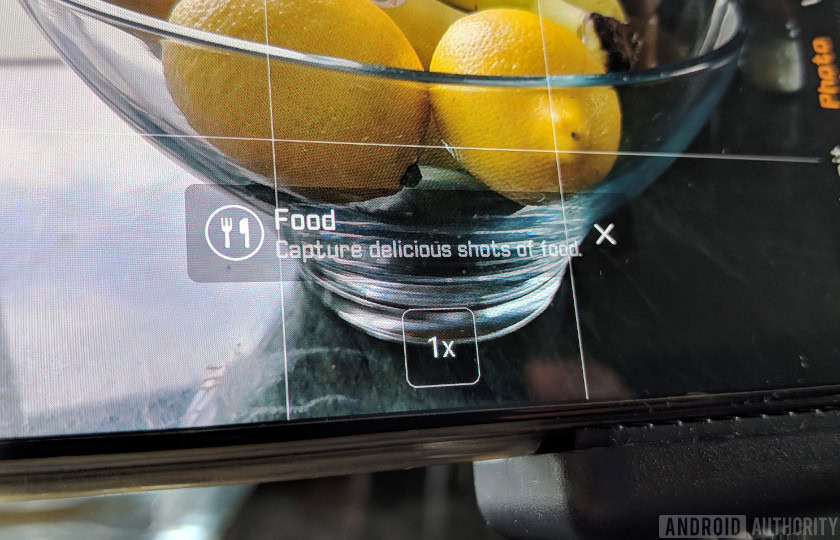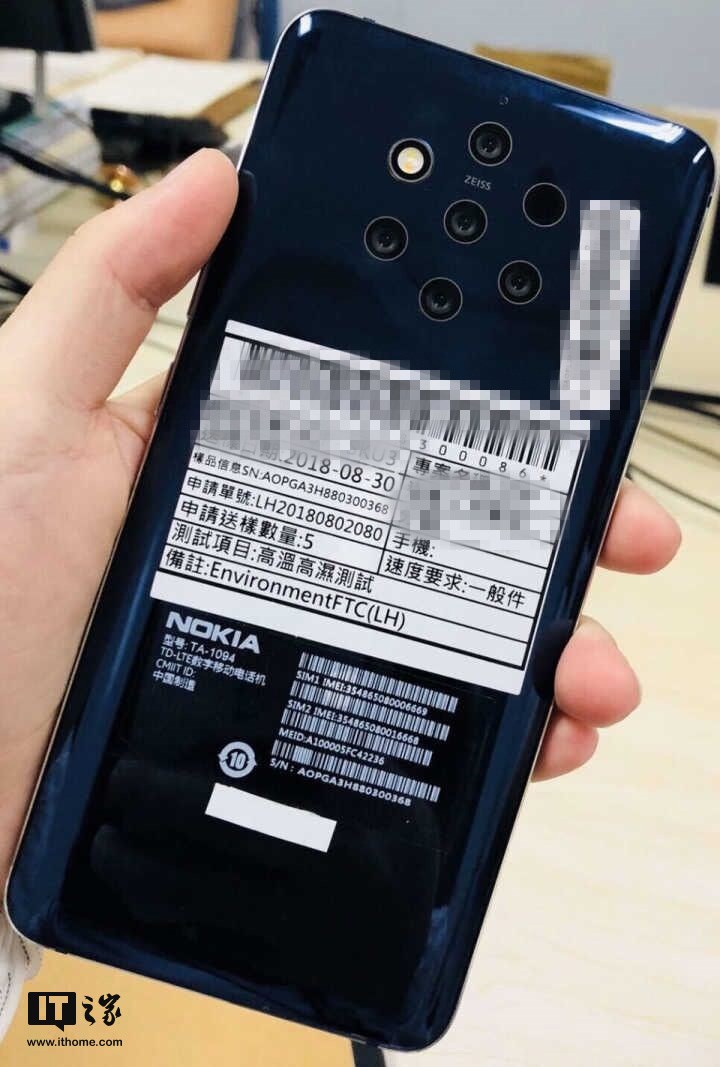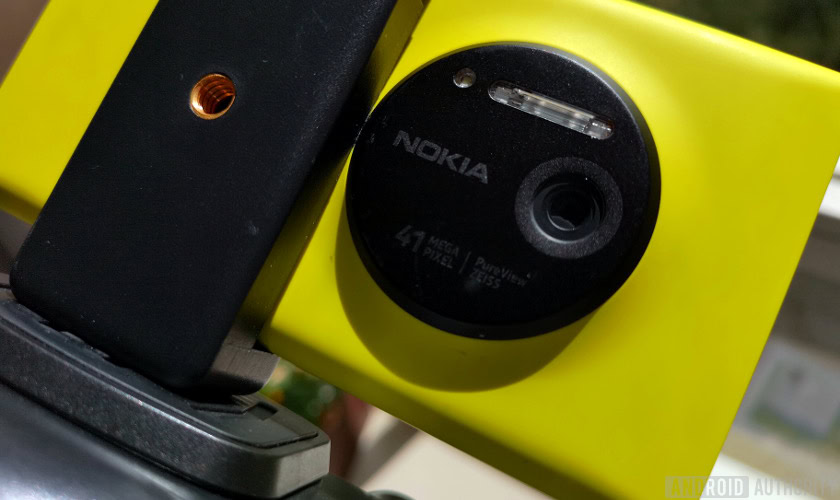Affiliate links on Android Authority may earn us a commission. Learn more.
Multiple lenses: The next big trend in mobile photography?
Published onSeptember 9, 2018

That five camera Nokia smartphones leak sure looks interesting, or should that be weird? As unique as such a design might seem, Nokia wouldn’t be the first to cram an unorthodox number of lenses and sensors into a small form factor. The Light L16 offered 16 lens photography back in 2015 and the company apparently has a new prototype in the works too. See above for a potential example.
With the HUAWEI P20 Pro already sporting a triple camera design, a step up to a five camera smartphone doesn’t sound as ridiculous as it would have done just a couple of years ago. Although the big question remains — what would be the point?
What can you do with so many lenses?
The first port of call might be to look at the variety of camera sensor types in today’s smartphone market and just scale up. Why settle for either wide-angle, telephoto, depth sensing, or monochrome when you can have them all in a single package?
While theoretically possible, such a design would be rather unwieldy to use, with software having to switch between all the different modes automatically or presenting a complex array of options to the user. Furthermore, manufacturing such a design would be hugely expensive for very questionable levels of usefulness. Each camera would function mostly independently and consumers may hardly ever use any number of the modes. There’s serious doubt about how much consumers would be willing to pay for such features too. Multi-lens cameras need to do more.

The HUAWEI P20 Pro already offers a glimpse into how multiple cameras work together to produce some interesting results. I’m talking about HUAWEI’s Monochrome and Hybrid Zoom technologies. The former improves the dynamic range of regular shots by combining the data from standard RGB and light-sensitive black and white sensors. The Hybrid Zoom software is even more ambitious, combining data from multiple cameras to produce higher resolution images for a better quality zoom. Case in point, the P20 Pro’s 8MP telephoto lens produces 10MP images at both 3x and 5x zoom levels.
Rather than throwing in lots of different camera types, huge sensor arrays can be used to stitch together very high-resolution shots.
High resolution, flexible photography
The original Light L16 worked in a similar way, albeit with some periscopic mirrors to fit the camera modules into a slim form factor. The camera took data from multiple 28mm, 70mm, and 150mm modules, depending on the zoom level. The end result was a large 52MP photo formed from 10 slightly different perspectives, available at up to a 5x optical zoom. The newer concept model designed for phones works with between five and nine lenses. The result is a camera setup capable of taking huge 64-megapixel shots.
This multi-imaging idea also has added benefits for low light performance and HDR through the use of multiple apertures. A high-quality depth of field effect is also achievable through both software emulation and the use of multiple focal lengths.
The original Light L16 was a bit underwhelming but the idea has plenty of promise. A next-generation version could well be the real deal. The company states that a smartphone featuring its latest multi-lens array is set for an announcement later this year.
The key technology is super-resolution images, which are created from multiple lower resolution shots and software algorithms

A dive into Nokia’s multi-camera research efforts, via an old 2013 investment in Pelican Imaging, reveals a similar idea. Unlike Light, the image sensor in this design is a lot smaller. Even so, the technology touted very similar benefits, including software refocusing, depth mapping, and super-resolution imaging capabilities. Unfortunately, Tessera bought the company out in 2016, but the idea could well have stuck around at Nokia.

ZEISS, Nokia’s current camera partner, holds a patent for a switchable zoom design, but we haven’t heard much else about a multi-lens design from them. Perhaps more tantalizing is another Nokia partner, FIH Mobile. The company, which is owned by Foxconn, manufactures Nokia’s phones and also invested in Light back in 2015, granting it a license to use the technology.
If you think there’s a similarity between the Nokia leak and Light’s mockup image at the top, this probably isn’t a coincidence. Hon Hai Technology Group (Foxconn) is a major link between these two companies. Could that Nokia handset be the first to use Light’s technology later this year?
Is this the future?
Super-resolution photography isn’t a new concept — 2014’s OPPO Find 7 used a similar idea, and HUAWEI’s Hybrid Zoom has updated the technology to work with multiple cameras. Historically, the problem with the technology has been the high processing requirements, algorithm quality, and energy consumption. But with modern smartphones implementing more powerful image signal processors, energy efficient digital signal processors, and even enhanced neural networking capabilities, these are increasingly less of an issue.
High levels of detail, optical zoom capabilities, and customizable bokeh effects top the list of modern smartphone requirements, and multiple camera technologies can certainly achieve these qualities. Instead of using dedicated cameras for extra features, combining multiple cameras to provide even more advanced and flexible capabilities is likely the future of smartphone photography.
There are still some questions looming over Light’s technology, particularly relating to image stitching from multiple focal lengths. We will just have to wait and see if things have changed for the better in its second-generation design.